 |
|
| Issue #106 • July/August, 2007 |
What would happen if all the honeybees disappeared? According to some pundits we’d see a collapse in much of our food base followed by shortages, turmoil, and, depending on how severe the shortages became, millions of deaths.
Now, not many people think about honeybees, but honeybees are about more than just honey. They are more important to us because they are part of the reproductive cycle of many flowering plants including many of the fruits and vegetables we depend on. According to a study at Cornell University, every third bite we put in our mouths is a direct result of pollination by honeybees. Not only that, they pollinate many of the plants wildlife depends on.
And the bad news is, they may be disappearing.
How serious is it? There will be food shortages if it gets worse and the honeybees don’t spring back. And though annual hive losses of 25 percent are not uncommon in the winter off-season, currently losses are running much higher, exceeding 60 percent in California, which is breadbasket to much of the world, and 70 percent in Texas, another major agricultural state, as well as 70 percent along the East Coast, and it seems to be getting worse. The phenomenon has even acquired a nameColony Collapse Disorder (CCD).
How bad will it get? No one knows because no one knows what’s causing it. Mites; microbes including bacteria, viruses, and fungi; miticides and antibiotics (used to control mites and pathogens); pesticides; herbicides; radiation from cell phones that ostensibly interferes with their navigation; changing weather; an imminent flipping of the magnetic poles (again, interfering with their navigational abilities); genetically modified crops; and the wrath of God have all been blamed. Maybe it’s a combination. But they’re not disappearing everywhere. Though they seem to be vanishing in much of North America and parts of Europe, in some other places they seem to be doing fine.
But here’s another problem: Where they disappear we can’t even find their dead bodies to study and perhaps come up with a viable hypothesis for CCD because even their bodies seem to disappear. Maybe aliens are stealing them. Just kidding!
Honeybees have disappeared before, though perhaps never on this scale. It happened back in the 1960s and has happened even earlier than that, in the late 19th century. But we don’t know what caused those previous die-offs, either. We just know they happened…and then the bees bounced back. So we may be witnessing something cyclical.
How will it affect you? If it gets bad, certain foods are going to get scarcer, perhaps even disappear from the supermarket shelves. Prices of other foods will go up based on simple demand.
What can you do about it personally? Nothing, except continue practicing preparedness tasks such as storing food against possible emergencies.
Are there other ways to pollinate without honeybees? That’s the good news. Yes, there are. Honeybees are not even native to the New World, but were brought here by Europeans back in the 1620s. For millions of years before then, pollination was conducted by other insects such as wasps and butterflies, some 3500 other types of bees native to North America, various birds like hummingbirds, and even some species of bats. It also takes place by wind and rainwater (Corn and wheat, for example, are pollinated only by wind). But nothing else does it as efficiently or on the scale honeybees do. Without them, farmers may come to have to depend on the other pollinators.
Then there’s even hand-pollination. Hand-pollination on a large farm would be difficult if not impossible. However, for small producers or family gardens, hand-pollination is a definite possibility. And this is perhaps a silver lining for some of us if CCD gets really bad, because those with entrepreneurial skills are going to learn to pollinate, by hand or otherwise, and corner the market on fruits and vegetables that become scarce but are still desired by people.
How would you hand-pollinate? The same way bees do. As bees go from flower to flower and blossom to blossom to collect nectar to make honey, pollen from the flowers’ stamens sticks to their hairy little bodies. But it also rubs off on the pistils of flowers. In your garden, you can be your own “bee.” Using cotton swabs or an artist’s brush to gently visit one blossom or flower after another (of the same species), you can go from plant to plant as bees do and pollinate by hand. You’ll have to find out which plants are dependent on bees, and which are not. You also have to find out whether the pollen must come from different plants or not, because for some plants the stamin and the pistil to be pollinated can be on the same flower. Sometimes it can be on a different flower but on the same plant, and other times it has to be flowers on different plants. It depends on the species. Your county agent, local library, or an Internet search can provide you with all the answers. But the biggest requirement is that the flowers and blossoms have to be of the same species.
Thus, as bad as CCD may be, there will be an upside for entrepreneurs who are willing to do a little investigating and some hard work when they become the only producers on the block with apples, squash, or other produce people will still want.
So, although the current news may be bad, the good news is that there are also solutions at hand. There may even be opportunities. And it looks like, despite the possibility of honeybees disappearing, and despite the prognostications of some of the doomsayers, the world probably isn’t going to endthis time.


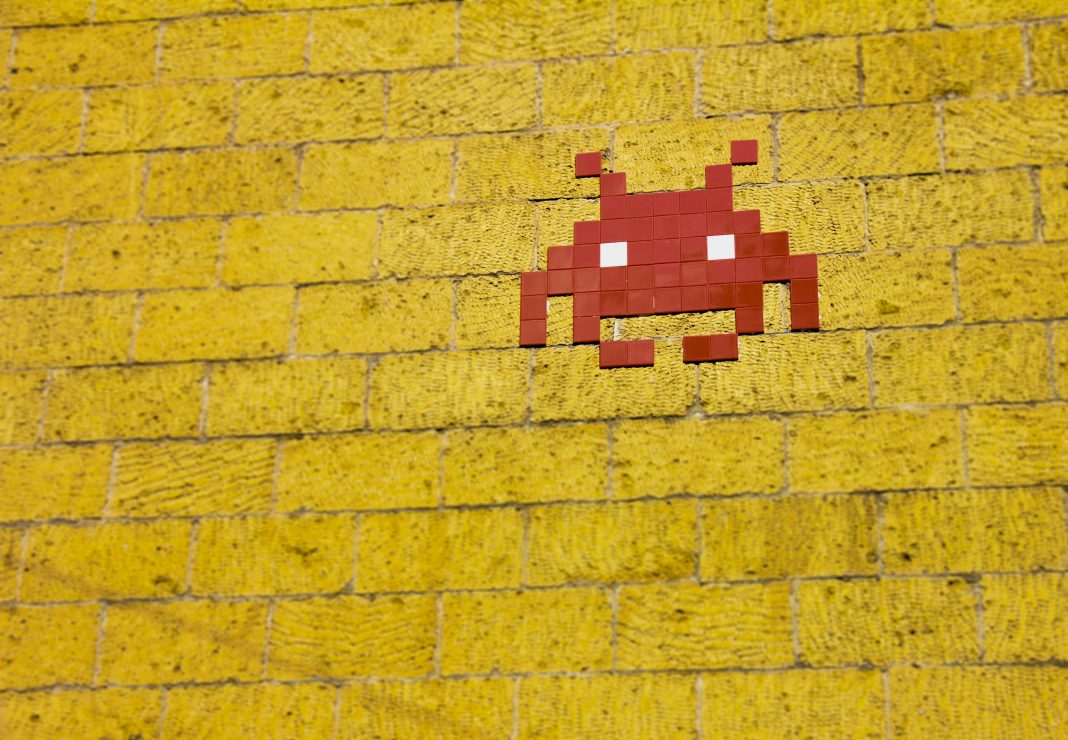
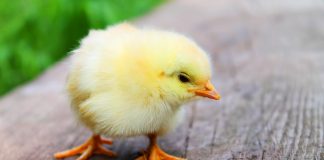
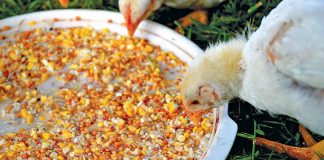




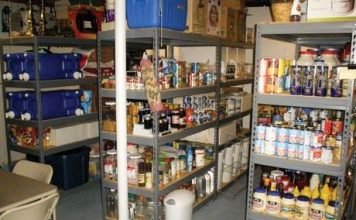
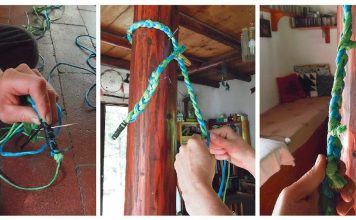
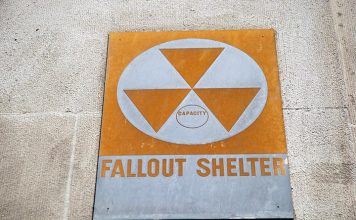

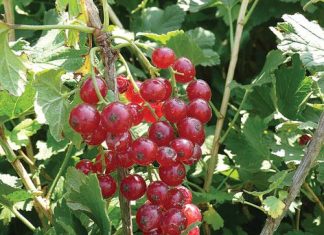
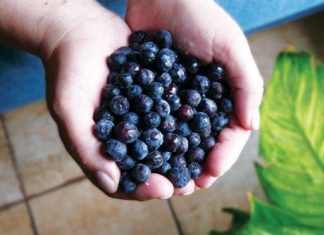
During covid-stupidity years, we have driven toward Sacramento admiring all the thousands of acres of agriculture: orchards and crops. This February we saw huge numbers of bee hive boxes in orchard, after orchard, after orchard, while we drove on I-5. I doubt we have a shortage any longer; and am glad for that!